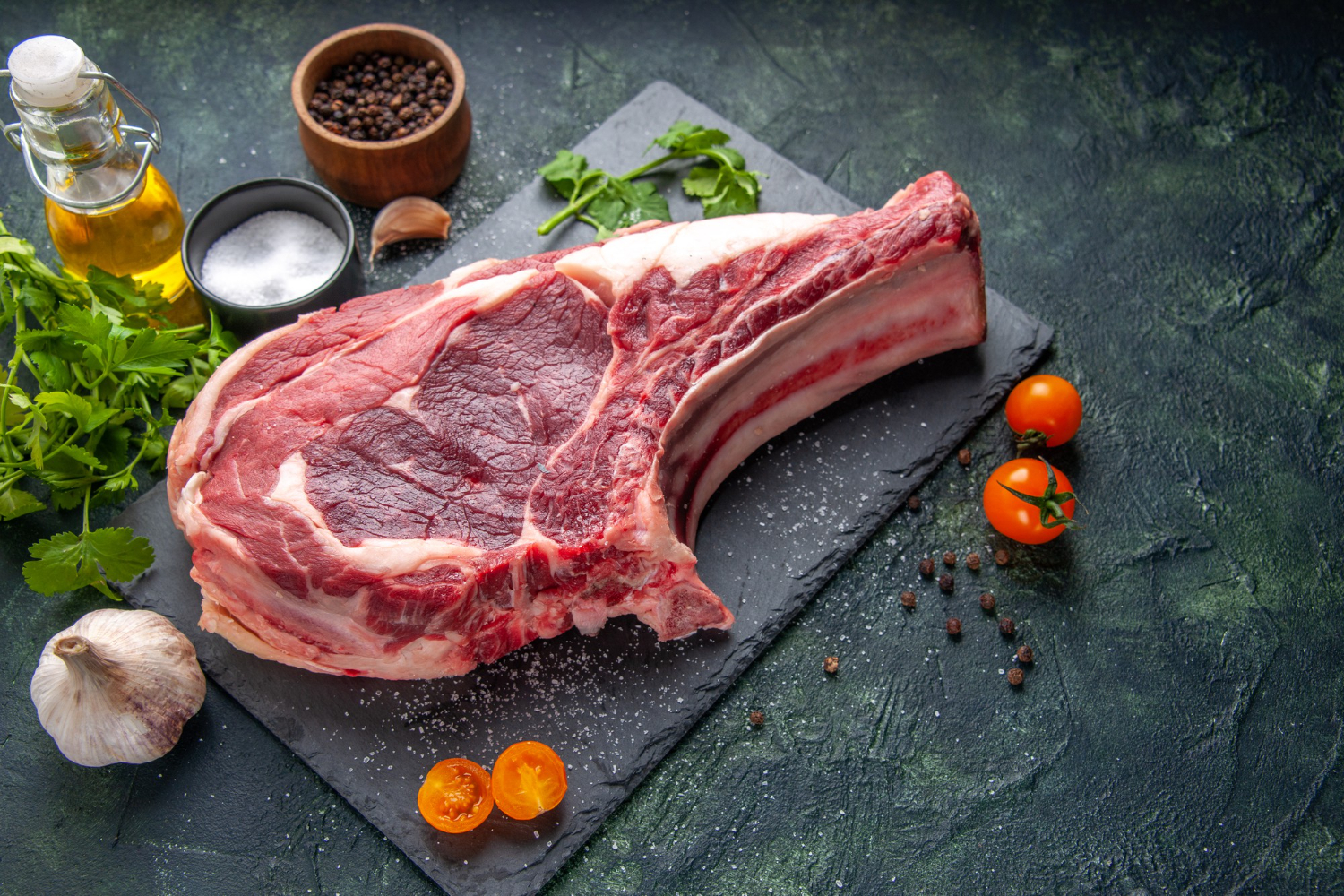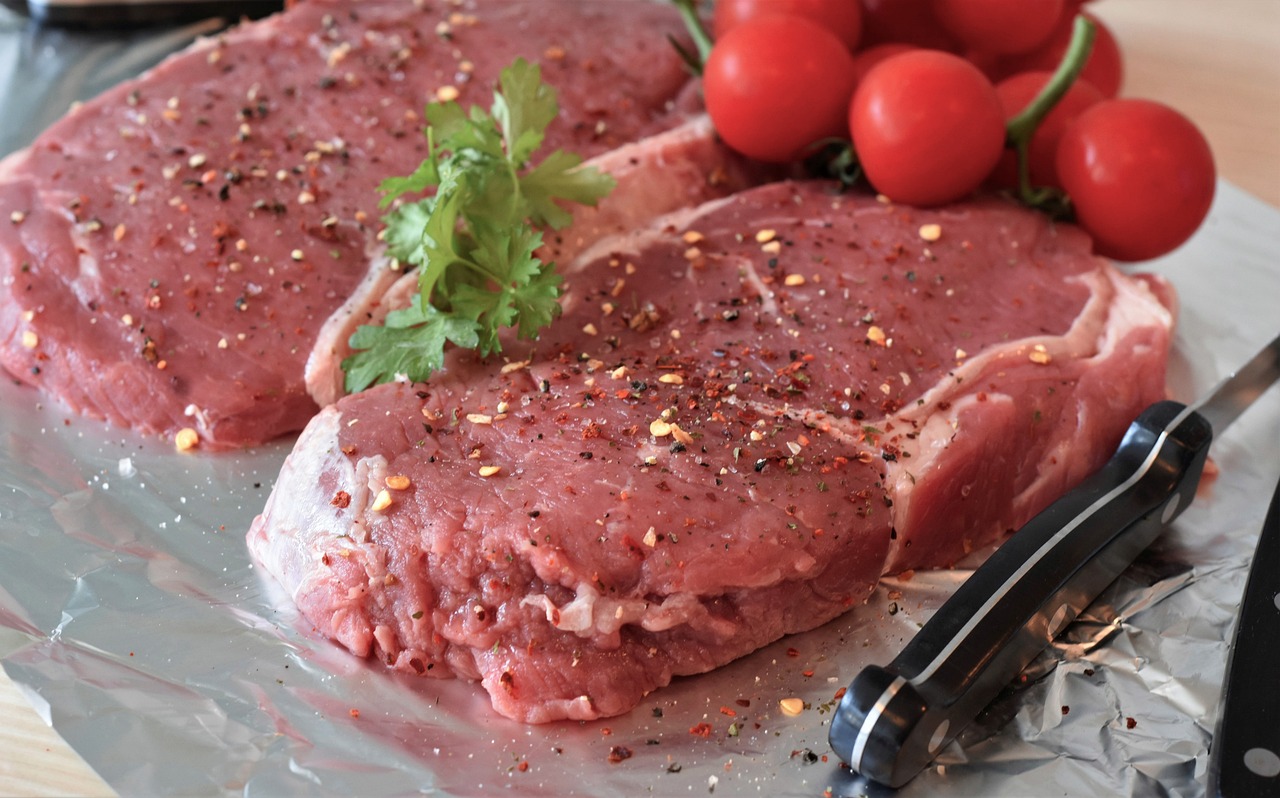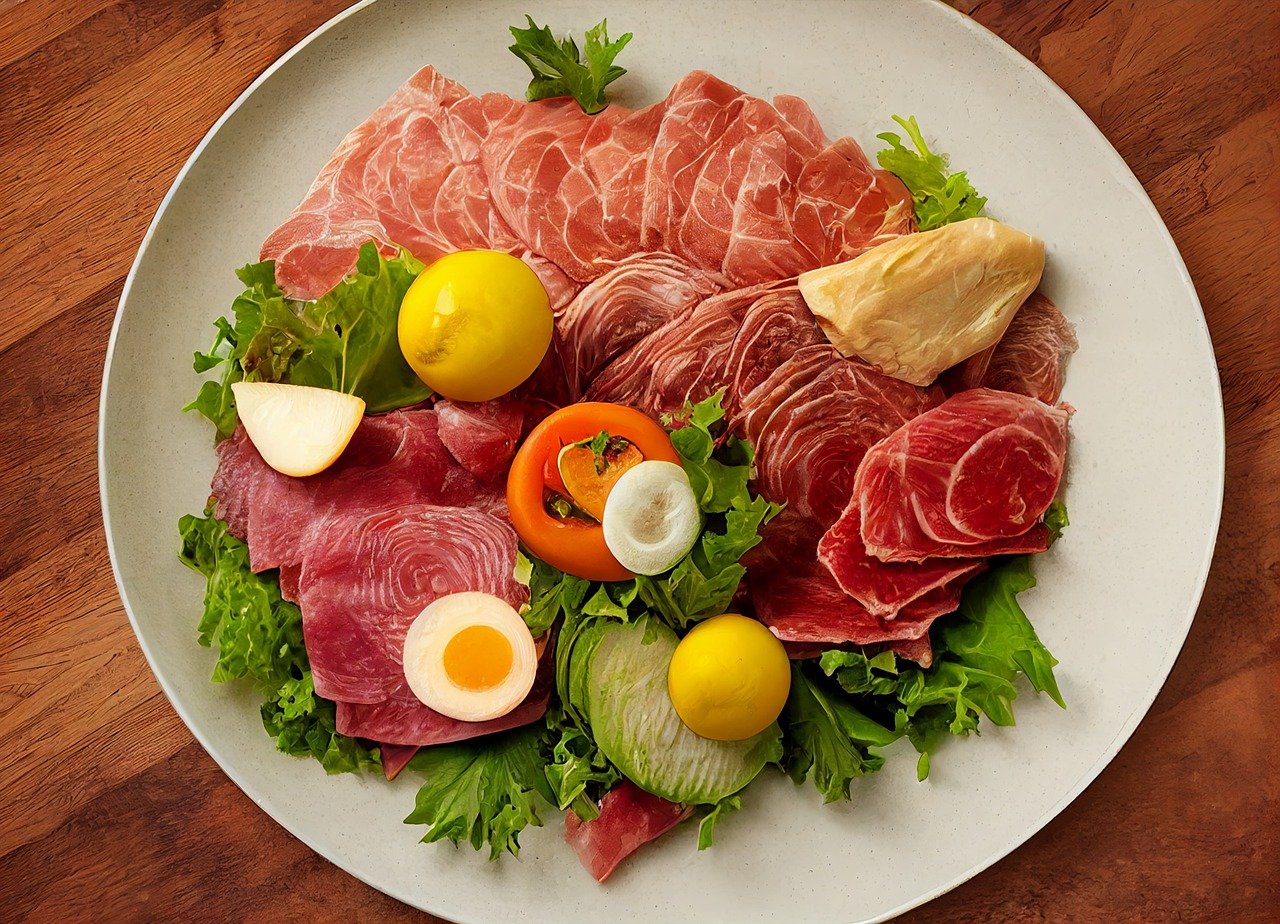Cuts & Culinary Adventures: A Beef Connoisseur's Guide
Exploring Cuts: A Guide to Different Beef Cuts and How to Cook Them
Beef is a versatile and beloved protein, but navigating the myriad cuts available at the butcher shop can be a daunting task. Each cut offers a unique texture, flavor, and cooking method, making it essential for both novice and experienced cooks to understand the distinctions. In this guide, we'll delve into the world of beef cuts, exploring their characteristics and providing tips on how to cook them to perfection.
Understanding the Basics
Beef is divided into primal cuts, which are large sections of the animal that are then further divided into subprimal cuts and individual steaks or roasts. The main primal cuts include the Chuck, Rib, Loin, Sirloin, Round, Flank, Short Plate, and Brisket. Understanding these basic divisions is the first step to mastering the art of cooking beef.
Tender and Flavorful: The Rib and Loin Cuts
Ribeye Steak: Known for its rich marbling and intense flavor, the ribeye steak is a favorite among steak enthusiasts. It's best cooked with simple seasoning and a hot grill or skillet to achieve a perfect medium-rare or medium doneness.
Filet Mignon: Cut from the tenderloin in the Loin section, filet mignon is prized for its buttery tenderness. It's often wrapped in bacon for added flavor and moisture and is ideally cooked to medium-rare to preserve its delicate texture.
Versatility in the Kitchen: The Chuck and Sirloin
Chuck Roast: A budget-friendly cut, the chuck roast is well-suited for slow-cooking methods like braising or pot roasting. This cut benefits from low and slow cooking, resulting in a tender and flavorful dish.
Sirloin Steak: Offering a balance of tenderness and flavor, sirloin steaks are versatile and can be cooked on the grill, in a pan, or even in the oven. Marinating can enhance their juiciness, and they're best cooked to medium or medium-rare.
Lean and Nutty: The Round and Flank
Round Steak: As a lean cut from the hindquarters, round steak is best suited for marinating and quick cooking methods such as pan-frying or grilling. Slicing it thinly against the grain helps maintain tenderness.
Flank Steak: Known for its distinctive grain and robust flavor, flank steak benefits from marinating and is excellent for grilling or broiling. It's crucial to cut against the grain when serving to maximize tenderness.
Bold and Beefy: Short Plate and Brisket
Short Ribs: Cut from the plate, short ribs are marbled with fat and well-suited for slow-cooking methods like braising or barbecuing. This cut rewards patience, resulting in succulent, fall-off-the-bone meat.
Brisket: Popular in barbecue culture, brisket requires slow smoking or braising to break down its collagen and achieve tenderness. A well-cooked brisket yields a melt-in-your-mouth experience and is often considered the holy grail of beef cuts.
Navigating the world of beef cuts can be an exciting journey for any home cook. Armed with knowledge about the different cuts and their ideal cooking methods, you can elevate your culinary skills and create mouthwatering beef dishes. Whether you prefer a juicy ribeye, a tender filet mignon, or a slow-cooked brisket, understanding the nuances of each cut will empower you to explore the vast possibilities of beef in the kitchen.
The Unforgettable Flavors of Short Plate
Skirt Steak: Found in the short plate, skirt steak is celebrated for its intense beefy flavor and coarse texture. Marinate it to enhance tenderness and grill or sear quickly for a dish bursting with bold flavors. Cutting it against the grain is crucial for a tender bite.
Hanger Steak: Also known as the "butcher's steak," hanger steak is prized for its robust flavor. Marinating and grilling or pan-searing are ideal methods, and it's crucial to cook it to medium-rare or medium to preserve its tenderness.
Exploring Unique Cuts
Tri-Tip: Popular on the West Coast, the tri-tip comes from the sirloin and offers a balance of tenderness and flavor. It's excellent for grilling or roasting, and slicing it thinly against the grain ensures a delightful eating experience.
Flat Iron Steak: Cut from the shoulder, the flat iron steak is gaining popularity for its tenderness and rich marbling. It's best cooked quickly over high heat, whether on the grill or in a hot skillet, and benefits from a simple seasoning to let its natural flavors shine.
Tips for Perfect Beef Cooking:
Let it Rest: After cooking, allow your beef to rest before slicing. This allows the juices to redistribute, ensuring a more flavorful and moist end result.
Use a Meat Thermometer: Invest in a meat thermometer to accurately gauge the doneness of your beef. Different cuts have varying recommended internal temperatures for optimal taste and texture.
Experiment with Marinades and Rubs: Enhance the natural flavors of your beef by experimenting with marinades and rubs. The right combination of spices, herbs, and acids can elevate your dish to new heights.
Mastering the Art of Searing: Achieve a perfect sear by patting your beef dry before cooking. Moisture on the surface can inhibit browning and the development of flavorful crusts.
Beyond the Basics: Global Beef Cuisines
Japanese Wagyu: Renowned for its unparalleled marbling, Japanese Wagyu, particularly Kobe beef, is a luxurious delicacy. Enjoy it simply, either as a steak or in traditional Japanese dishes like sukiyaki or shabu-shabu.
Argentinian Asado: Embrace the Argentinian tradition of the asado, a barbecue featuring various cuts of beef, including ribs, short ribs, and flank steaks. Slow-cooked over an open flame, it's a celebration of bold flavors.
Conclusion: Unleash Your Inner Beef Connoisseur
Exploring the world of beef cuts is not just a culinary journey; it's an adventure into the diverse flavors and textures that this protein has to offer. Armed with knowledge about the different cuts, cooking techniques, and international influences, you can confidently navigate the butcher shop and create culinary masterpieces in your own kitchen. So, whether you're grilling up a hearty ribeye, perfecting the art of slow-cooked brisket, or savoring the unique flavors of global beef cuisines, let your inner beef connoisseur shine through and enjoy the delicious possibilities that each cut brings to the table.
Sustainability and Ethical Choices
As you embark on your beef culinary adventures, consider the source of your meat. Sustainable and ethical choices are increasingly important. Look for grass-fed and pasture-raised options, as they not only contribute to better animal welfare but can also offer a distinct flavor profile.
Local and small-scale producers often prioritize sustainable practices, supporting both the environment and the community. Take the time to explore local butcher shops and farmers' markets to discover unique cuts and learn about the origin of your beef.
Adventurous Cooking: Nose-to-Tail Cuisine
Embrace the concept of nose-to-tail cooking, utilizing various parts of the animal to minimize waste and discover new flavors. Experiment with cuts like oxtail, beef heart, or beef tongue. When cooked thoughtfully, these lesser-known cuts can surprise and delight the palate.
Nose-to-tail cooking not only provides a broader understanding of the animal but also contributes to sustainable practices by utilizing the entire carcass.
Cultural Influences: Fusion and Beyond
Explore the world of fusion cuisine by blending traditional beef cuts with flavors from diverse culinary traditions. Whether it's incorporating Asian-inspired marinades, Mediterranean spices, or South American grilling techniques, the possibilities for creative and delicious dishes are endless.
Challenge yourself to experiment with unexpected pairings, drawing inspiration from global cuisines to create unique and memorable beef dishes that reflect your own culinary style.
The Future of Beef: Sustainable Alternatives
Stay informed about emerging trends and alternatives in the world of beef. With advancements in technology and a growing awareness of environmental impact, there are innovative solutions like plant-based and lab-grown alternatives that seek to provide sustainable and ethical choices for meat lovers.
While these alternatives may not replace traditional beef entirely, they offer exciting opportunities for conscientious consumers to explore more sustainable options without compromising on flavor and texture.
Continuing Your Culinary Journey: Lifelong Learning
Culinary exploration is a lifelong journey. Continue to educate yourself about different beef cuts, cooking techniques, and global culinary influences. Attend cooking classes, engage with online communities, and, most importantly, enjoy the process of discovery in your own kitchen.
As your knowledge deepens, you'll find new ways to appreciate the nuances of beef, expanding your repertoire and delighting family and friends with your culinary creations.
Final Thoughts: A Culinary Odyssey with Beef
Exploring beef cuts is more than a culinary undertaking; it's a journey into the rich tapestry of flavors, textures, and traditions that define this beloved protein. From the sizzling grills of steakhouses to the slow-cooked comforts of home kitchens, beef has a place in the hearts of food enthusiasts worldwide.
So, whether you're a seasoned chef or an aspiring home cook, let this guide be a passport to a world of beefy delights. From the familiar comfort of a well-cooked steak to the thrill of discovering unique cuts and global influences, savor every moment of your culinary odyssey with beef. After all, in the world of gastronomy, the possibilities are as limitless as the love for a perfectly cooked piece of beef.





Join the conversation